Slow cooking means good eating
|
|
|
For those of us in the Northern hemisphere, the coats are coming out of storage, and leaves are turning, as things start to feel decidedly cooler. A perfect time to turn from cold plates to dishes that are warmer, and warming. This is when slow cooking comes into its own, producing melting textures and layers of deep flavor.
Food writer, judge and event host Ellen Manning sums up her love for this most gratifying of cooking methods in our latest feature Consuming Passions: Slow Cooking.
|
|
|
Charting her own journey in cooking from a desire to make good meals while juggling a demanding job, to her progressive discovery of a great range of slow-cooked dishes from across global cuisines and varied diets, you will be left dying to try one of the many recipes she recommends—this Marrakech Chicken Stew with Preserved Lemons and Olives would be a good start.
|
|
|
|
Pictured above: Lentil and Mushroom Moussaka from Slow Cooker Vegetarian by Katy Holder
|
|
|
Curry, that universal signifier of spiced, sauce-laden goodness, is a word originally derived from Tamil languages—the word ‘kari’ means ‘hot condiments, meat, vegetables’. It has come to mean, broadly, a dish with a sauce rich in spices, in which meats, fish, or vegetables are cooked. From its origins in the Indian subcontinent, throughout Asia, into the Caribbean and beyond, the ‘curry’ is now an international passion.
|
|
|
This week, October 6-12, is National Curry Week in the UK—an initiative in its 27th year aimed at driving awareness and appreciation of Indian cuisine and the Indian restaurant scene. You can get involved by going to your local Indian restaurant, or trying somewhere further afield. Or you could cook up a spicy storm at home, with one of the many wonderful curries on ckbk. Try a Keralan Fish Curry, Nisha Katona’s House Lamb Curry, or this vegetarian recipe for Grandma’s Hong Kong Curry.
|
|
|
A heartfelt thanks to the great
Sri Owen 1935-2025
|
|
|
The great champion of Indonesian cuisine, cook, and food writer, Sri Owen, passed away peacefully at the weekend.
|
|
|
Sharing the news on Instagram, chef, and author, Petty Elliott wrote:
‘Ibu Sri wrote about food the way one speaks of love - tenderly, truthfully, and with wonder. Even in her late 80s she remained an inspiration, still writing, still sharing, still connecting through the stories she loved to tell.’
If you know Sri Owen’s work you will know the legacy of glorious books she leaves behind—such as The Rice Book, the brilliance of which Bee Wilson sums up beautifully in this article for The Guardian. If you don’t yet know her work, start exploring and cooking, you are in for a treat.
Thank you, Sri Owen.
|
|
ckbk + The Charlie Cart Project team up
|
|
|
The Charlie Cart Project (CCP) is a national food education program in the US, equipping the next generation with the knowledge and confidence to make healthy food choices through hands-on cooking. Charlie Cart partners with high schools, public libraries and community organizations to provide everything they need to get kids cooking.
|
|
|
|
At ckbk we are thrilled to announce our partnership with CCP so that members of the nationwide Charlie Cart educator network will have full access to ckbk, giving them a hugely expanded selection of recipes and background material to use in classes. Later this month ckbk and Charlie Cart will launch a new series of feature articles focusing on cooking with young people. The quarterly articles will explore the recipes and cookbooks on ckbk to highlight simple, delicious, family-friendly food to inspire kids and caregivers alike.
For more information on using ckbk in your own high school culinary program, contact education@ckbk.com.
|
|
Ingredient focus: horseradish
|
|
|
The horseradish root belongs to the crucifer family of plants, which includes cabbage, radish, turnip, and mustard. It shares with the latter a strong odor and hot peppery taste, which is only released when the root is cut or grated—intriguingly until the root is broken it has no smell.
|
|
|
|
The name ‘horseradish’ derives not from any idea of horses, but from the word ‘hoarse’, suggesting it is coarse and strong. The French word for horseradish, ‘raifort’, literally translates as ‘strong root’. Horseradish is most commonly used to create fiery condiments, particularly across Northern European cuisines. The much-prized and equally pungent Japanese wasabi is part of the same family of plants (in fact horseradish powder is the main component of many wasabi pastes as it is so much cheaper than true wasabi). In the UK Horseradish Sauce is a classic accompaniment to roast beef.
|
|
|
Explore these 12 Ways with Horseradish for more recipes with kick. Find Lemon Horseradish Butter—great melted on top of a steak, a piece of fish, or a baked potato—and this Greek Mushroom Stifado with Horseradish Mashed Potato.
|
|
6 of the best egg recipes
World Egg Day is October 10, and where would our culinary world be without them? An essential component in the patisserie kitchen, they are also at the centre of nutritious meals the world over. Here are six excellent eggs.
|
|
|
|
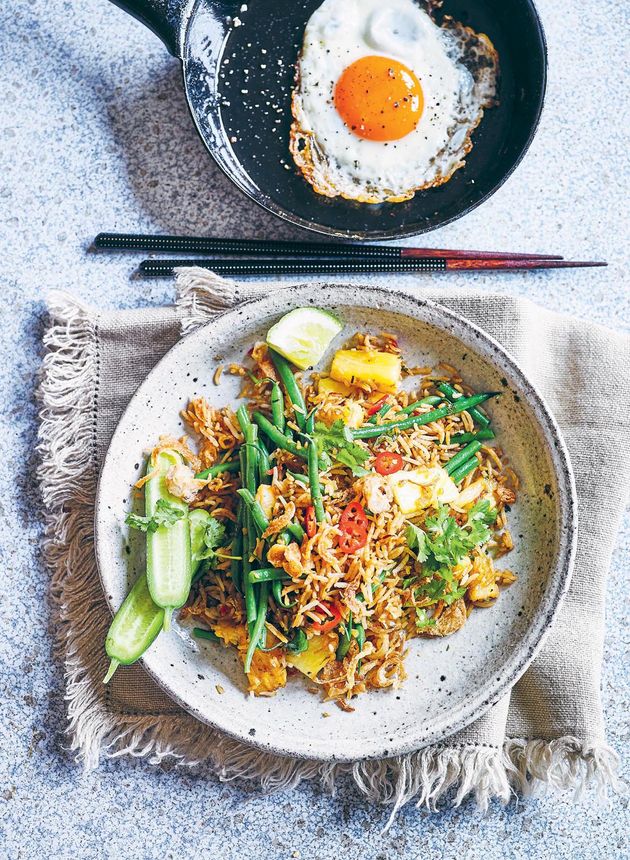
|
|
from My Asian Kitchen by Jennifer Joyce
|
|
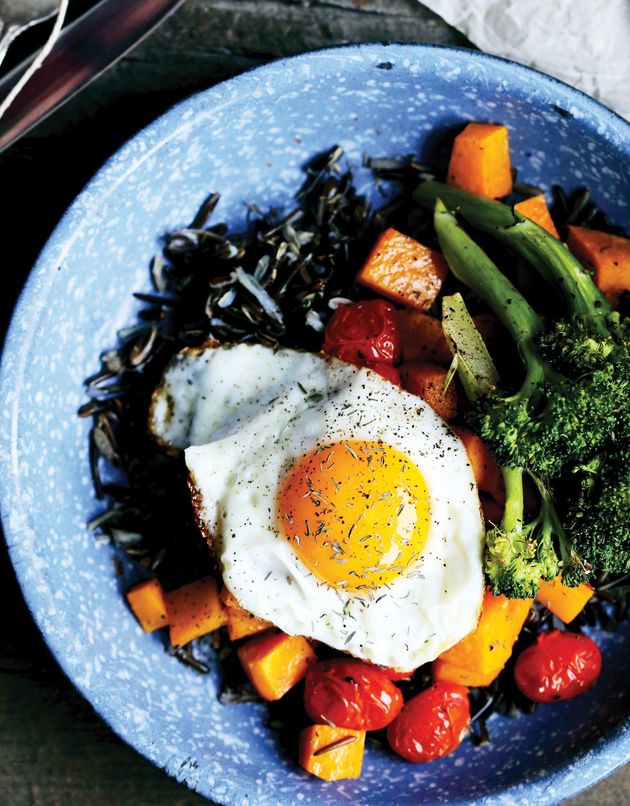
|
|
from Whole Bowls: Complete Gluten-Free and Vegetarian Meals to Power Your Day by Allison Day
|
|
|

|
|
from Max’s Sandwich Book by Max Halley
|
|
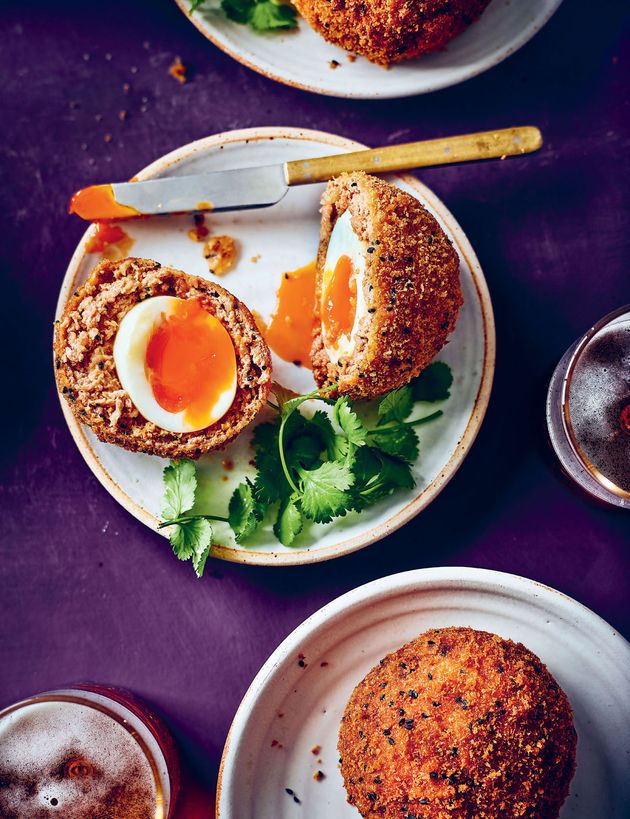
|
|
from Bold: Big Flavour Twists to Classic Dishes by Nisha Katona
|
|
|
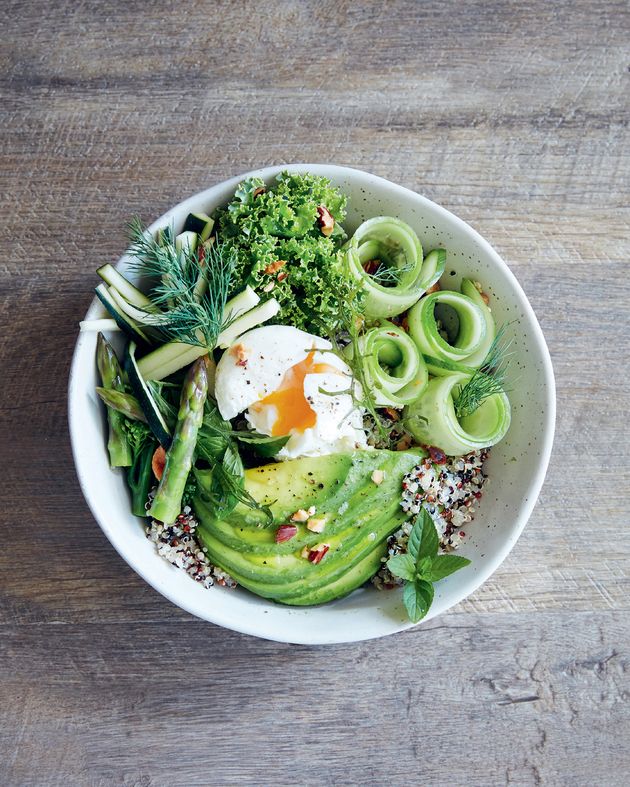
|
|
from Boronia Kitchen: The Cookbook by Simon Sandall
|
|
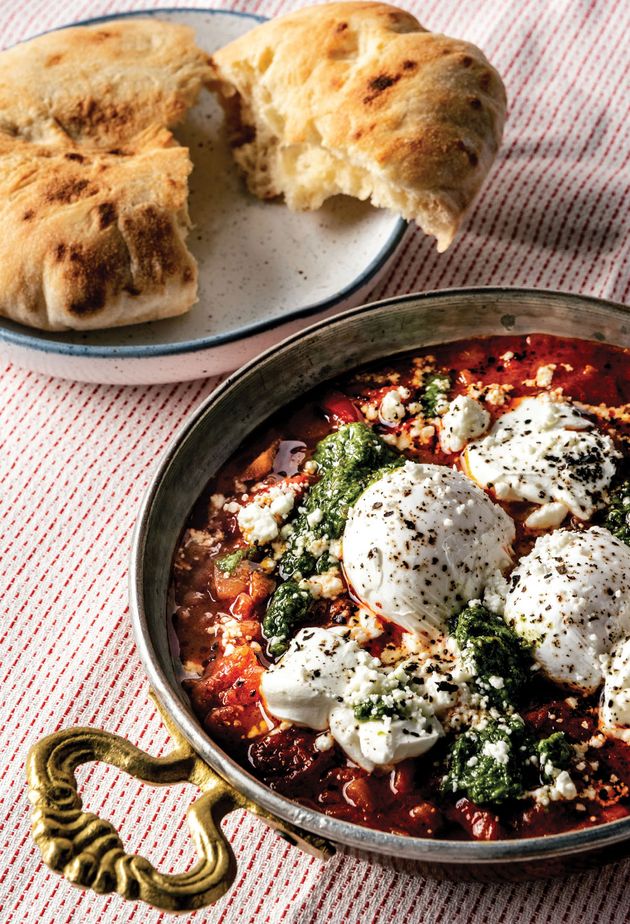
|
|
from Brunch with Brother Marcus by Tasos Gaitanos and Alex Large
|
|
|
|
|
|
|
|
|
|
|
|















